Speed-interviewing Hella Pinay founder Stephanie Gancayco
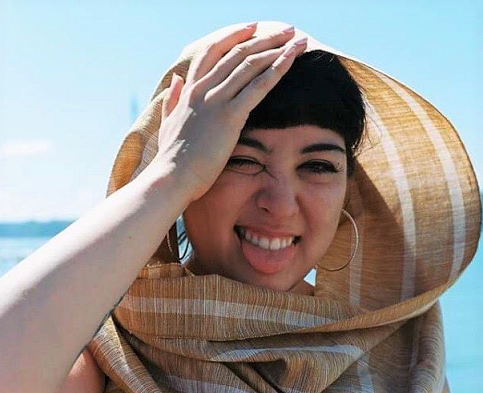
Her great great grandfather helped finance the revolution of Andres Bonifacio. Photo by Kimberly Requesto.
Late last year, a pretty magazine called Hella Pinay made landfall on the FilAm community. It quickly created a buzz among younger women looking for a magazine that spoke to them about anything from fashion to activism, and making sure the articles are relatable to their experience as women of color.
The magazine is full of visually stunning images that grabbed my attention. I found myself delightedly looking at the photos. Days later, I returned to read.
The writers, mostly women in their 20s and 30s, wrote personal stuff about themselves, articulating their thoughts on decolonization, spirituality, finding personal space in the workplace, “pekpek power,” etc. Its editor, Stephanie Gancayco wrote reflectively about her cancer and how she vowed not to let that stop her from “getting up again, forging ahead.” I spent hours reading topics that were interesting to me, and there were many.
California-born Stephanie and I met at a coffee shop days after I gatecrashed her party; we shared a croissant. It was not meant to be an interview but when you’re a journalist, every question sounded like you’re expecting answers tailor-made for an article. If it’s two journalists, the questions were too much you’re just glad there was a device that recorded everything because you wouldn’t be able to catch up taking notes. It was that way as we compared notes about writing, editing, and running our own digital magazines.
Stephanie studied fashion design, and worked in the fashion industry in San Francisco and New York for about 10 years. She is currently on hiatus, trying to find a niche for her Haliya label of contemporary streetwear in NYC’s vast fashion spectrum.
I said her surname Gancayco is that of a prominent family in the Philippines. On her Chuidian side, she has a great great grandfather, Telesforo Chuidian, who financed the Katipunan revolution of Andres Bonifacio in the late 1800s along with Mariano Limjap. She was raised by her mother. Her father is Spanish and comes from New Mexico.
She came to New York City in 2009.
Stephanie Gancayco (SG): Your magazine is so news news.
Cristina Pastor (CP): Actually when I conceptualized it, I was thinking of something like yours. I wanted more personal stories, but not limited in gender, age, etc…Still have family back home?
SG: Tons. We have family in Manila, Batangas, Albay, Bicol. I’ve always wanted to go home but my mom has this thing about not wanting to go back, so I’ve gone twice by myself now, with friends.
CP: She probably has concerns about personal safety…Tell me about Haliya.
SG: I wanted to start my own line, I want to see what I can do with indigenous textiles.
CP: What kind clothes?
SG: Just clothes that I wear, but collaborating with indigenous women artisans in the Philippines. Contemporary streetwear, baggy unisex things.…How long have you been here?
CP: Since late ‘1990s. Husband was petitioned by his company. We, the family, came as part of the package…How did you start Hella Pinay?
SG: It’s actually been on Instagram for about a year, about 2016. It started as just postings and I was like how come there’s nothing for us out here at all? I launched my clothing line recently then sort of relaunched Hella Pinay. I brought on a team. So I’ve been struggling over the summer. I feel like I wanted to have more perspectives and content but I didn’t want to ask them to work for free…so it took me a long time to feel comfortable reaching out to the community but I’ve been really blessed to have so much support.
CP: I don’t pay writers too but I wish I could because as a writer I would want to be paid. Still trying to be sustainable.
SG: I see how Ebony, Latina, and other magazines for people of color are successful and I think, why not us too? I just brought in a team of people who have experience, who can help make it grow.
CP: Have you always been a writer?
SG: I wrote a lot as a kid. I was with a newspaper in high school. I went to art school for college, I studied fashion design. I was just working working working and was in the industry for a long time. But I would write for myself. I write because I kinda have to. I like to do it but I wouldn’t say I’m a “writer” exactly… Is it hard for journalists now that the Internet has kind of democratized what gets published?
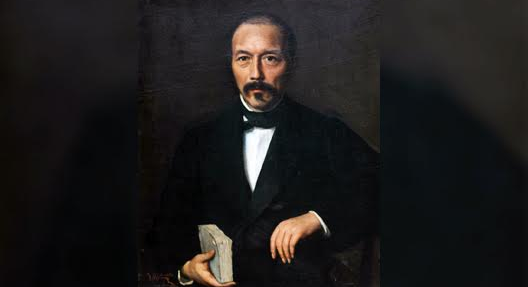
Her great great grandfather Telesforo Chuidian financed the Katipunan revolution. Painting by Felix Martinez
CP: I studied journalism, but writing now has a different sound to it. In journalism, there are a lot of rules. Writing now is more freewheeling, more intuitive.
SG: Totally, and I think it’s opened the door for a lot more people.
CP: The core of journalism is still facts. Someone said journalists are educators because they help explain concepts to readers. Unfortunately, facts are being distorted and don’t mean anything to some readers anymore.
SG: Honestly, I think I’m a much better editor than a writer. I edit the girls’ stuff.
CP: No complaints about ‘you’re changing my voice’?
SG: Not at all, I still keep their voices as much as possible, that’s really important to me.
CP: Your writers are mostly younger women. Can women of a certain age write for you?
SG: Most of our writers are in their 20s and 30s, which is around my age. Millennial is kinda like the target but I’m interested in different perspectives, diversity in the Filipino community, and I think we definitely can gain a lot of wisdom from women “of a certain age” that’s worth listening to.
© 2017 The FilAm

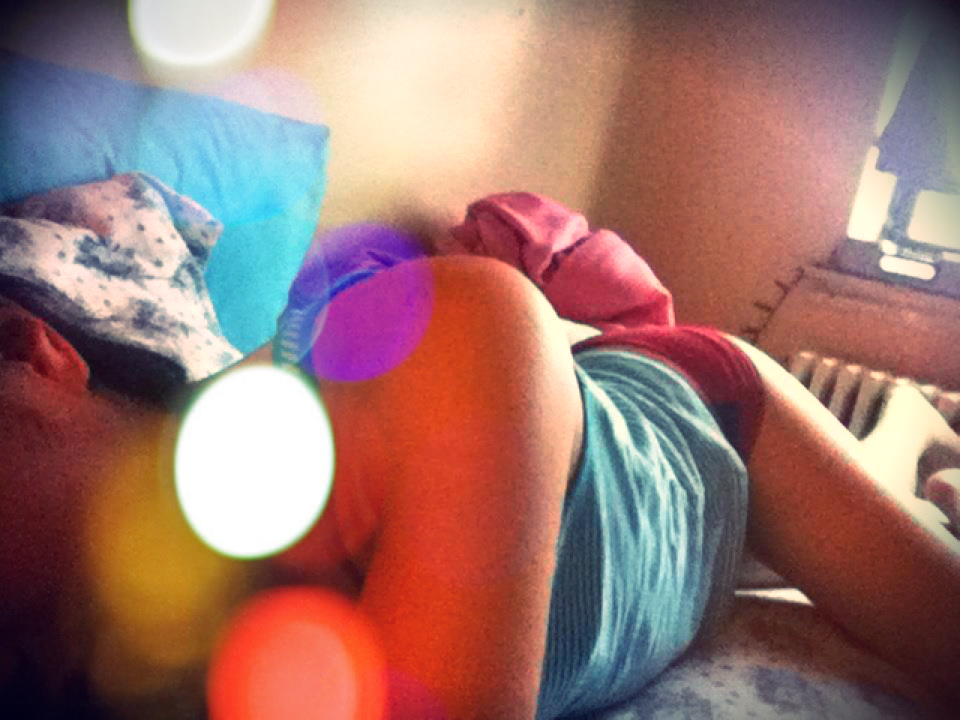
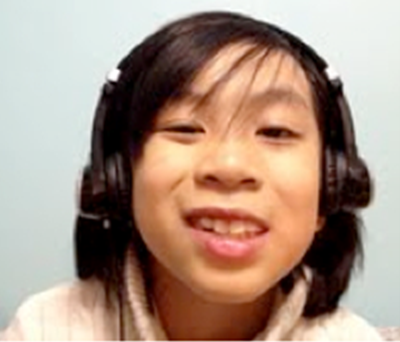
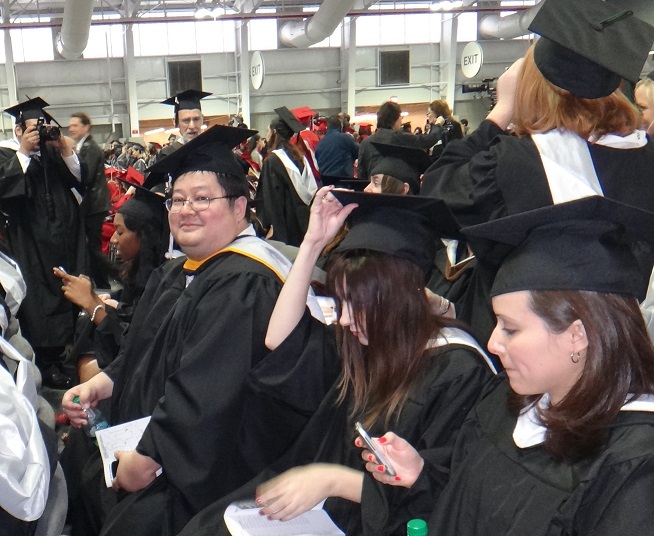
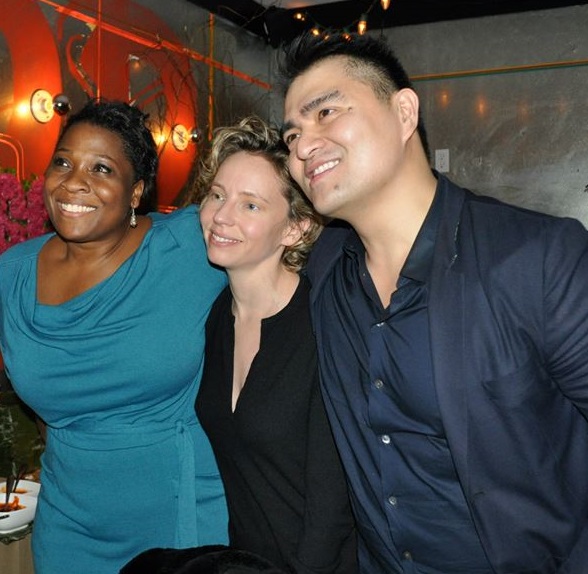
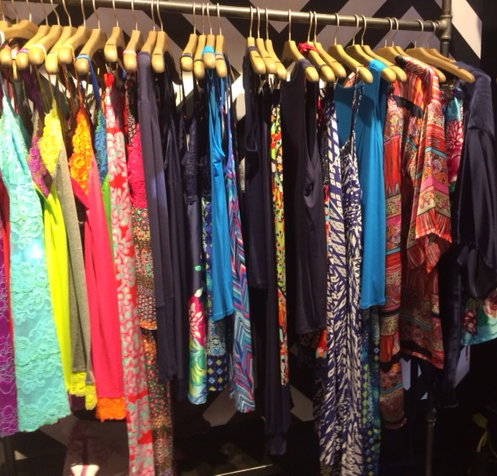
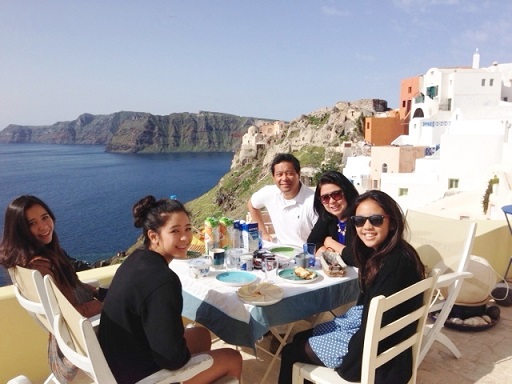
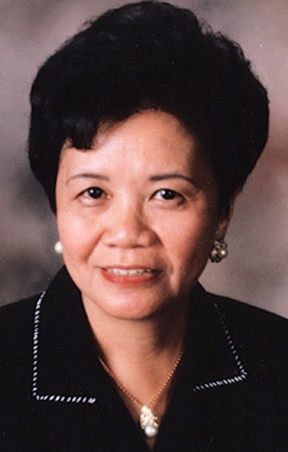
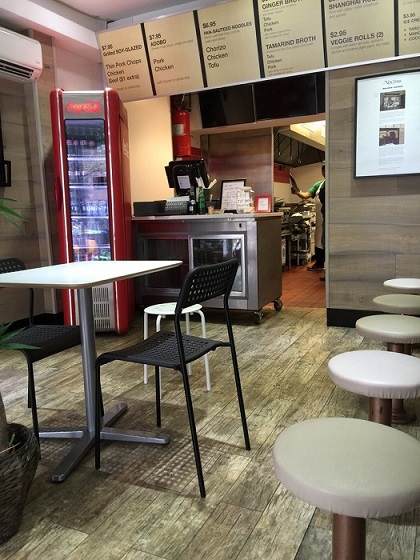
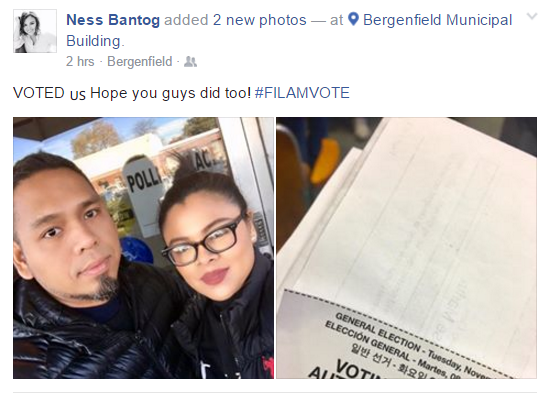
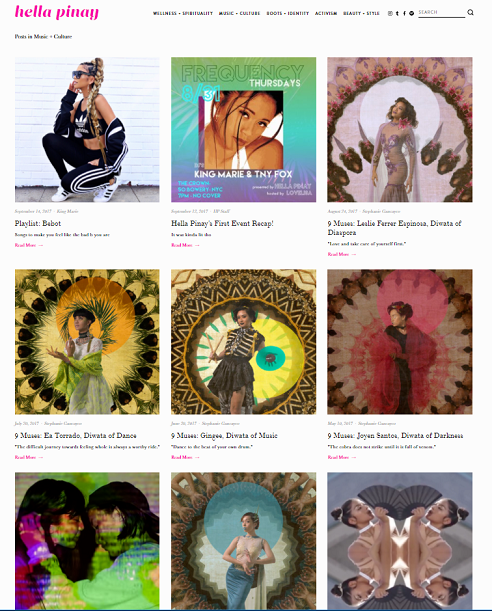
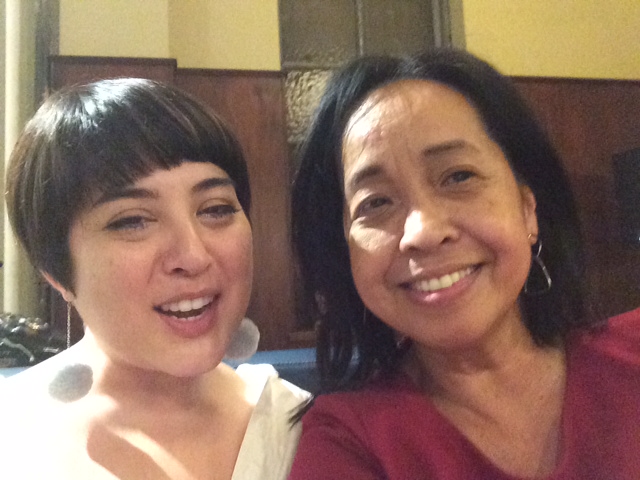

Good read.
I am getting curiouser and curiouser! I go to NYC often. Let’s have a talk in Union Square one day.
Thank you for your work.
Rene